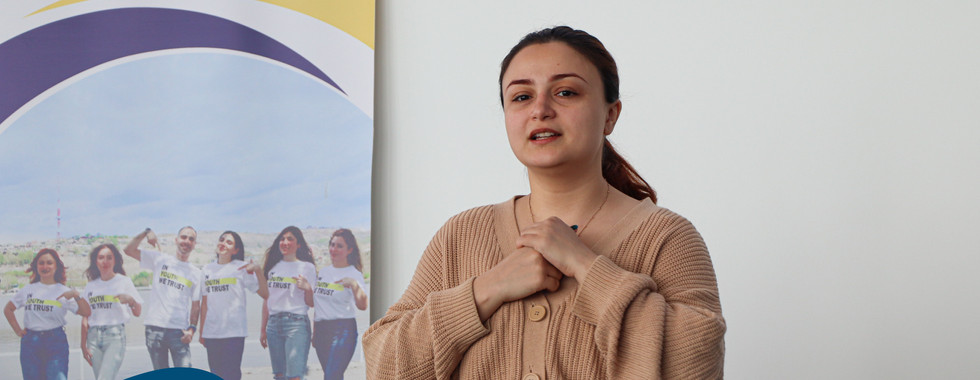🚀 Inclusion Is Being Asked To Dance: When A Dream Comes True
- INEDNET correspondent
- Nov 27, 2023
- 3 min read
Updated: Nov 30, 2023
Young dance lovers came together during November 6-13th in Debet village, Armenia, to share dances and dive into the concepts of diversity & inclusion through dances. The “Inclusion is being asked to Dance!” youth exchange, organized by INEDNET and the European Youth Press in partnership with Infinity Greece, Bulgarian Youth Forum and Scambieuropei, marked a great success in the stage of its implementation.

Diana Yeghiazaryan, the project's author and organizer, shared her inspiration behind the initiative, stating, "The idea of this project is based on my observation that different cultures communicate together through the language of dance. Especially when young people present their traditional identity and unique folk dances, others join in, and they dance together, feeling united in that moment. This can be a perfect tool in our local communities to unite young people. Just simple dancing and maybe incorporating some meaningful and to-the-point non-formal education and contextualized input, we can create a safe and inclusive environment for all. This project was a realisation of my dream to bring together 2 of my favourite things: dance and non-formal education! "

The idea was that not all the participants should be experienced in traditional dances, but only part of it. The aim was to create an environment for the project to have it all for being inclusive, non-discriminatory and welcoming for everyone to learn dancing. As for the majority of the participants, it was the first time also in an Erasmus+ project. This week-long experience served as a platform for young people to learn and expand their mindset, overcoming barriers of language and cultural differences and gaining a deeper appreciation of their own cultural values.

Exploring dance through the lens of inclusion was challenging and engaging - the topic gradually developed within the group with more ideas thanks to the mutual connection and support developed through the language of movement. The participants also enjoyed an interactive role-play designed to demonstrate real-life scenarios around different aspects of inclusion, leaving them with thoughts around empathy, open-mindedness, and a willingness to embrace the unique perspectives of others.

In addition to the main content of the project, everyone had a chance to experience different side activities around the place, such as horse-riding, enjoying time around a bonfire with pop and folk music played by guitar and by garmon, being welcomed as guests to the houses of local villagers, visit to COAF Smart Center situated nearby, as well as a free-time trip to Vanadzor.

The co-facilitator of this project, Anna Jotyan, noted that it was her pleasure to be part of a project organisation where everyone had a lot of fun playing games, laughing out loud, and dancing more and more. “We tasted cheese, beer, sausages from Germany. We played the Italian tómbola. We got presents from Bulgaria. We weaved an Armenian forehead ornament/accessory, “chakatnots,” with our hands. And by all of this, we made unforgettable memories together!” - said Anna.

Kathrin Gruber, one of the participants from Germany, indeed noticed, "When you put some Tzatziki on your Landjäger and there is Pakhlava and Choclatesalami for dessert, then the inclusion and intercultural exchange comes alive."

The participants are sure that the knowledge and experience gained during the project will leave a long-lasting impact on each and every one of them, shaping their perspectives and opening new horizons to think and grow. And by carrying these lessons forward, they emphasize the commitment to contribute to the creation of a more inclusive, diverse and equitable society.

The output of this project is videos depicting how we can overcome exclusion and discrimination using dance as a tool. The other productions are the dance tutorials in English created by the participants.
Here are the tutorials:
Armenia 🔎
Bulgaria 🔎
Germany 🔎
Greece 🔎
Italy 🔎
As a next step, the participants will implement follow-up activities, where they teach the folk dances of other countries to their local diverse youth, who have fewer opportunities and need some inclusion in their societies.













































































































































































































































Comments